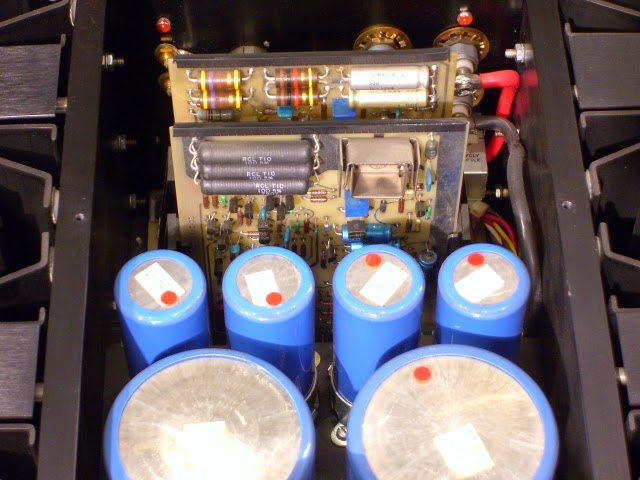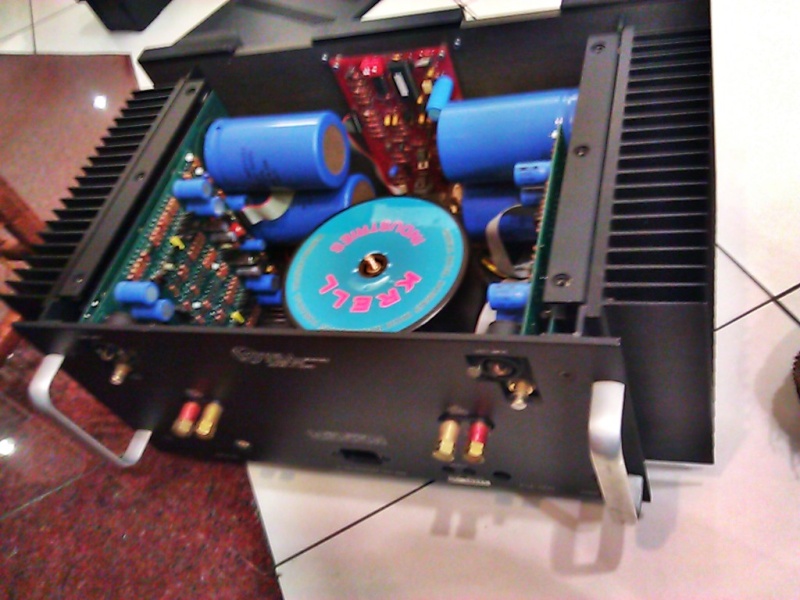My hypothesis is...it depends. Reason I say this is that there is almost always more than one way to provide or mediate a
transfer function, y=f(x) that drives a functional response. And, all audio devices mediate one or more transfer functions.
From a systems engineering perspective, what the designer is trying to do, is use
control factors to obtain optimal functional response of the performance transfer function(s) in the presence of noise factors.
Control factors could be the type, composition, value of say, a resistor, capacitor, inductor, rectifier, diode, gain device (e.g. tube or transistor), or any combination of those attributes.
Noise factors here are not "noise" in the sense of what we normally think of (what he hear), but noise in the statistical & systems engineering sense: a factor or factors that adds
variance and/or shifts the functional response
off-target).
Altschuler's Theory of Inventive Problem Solving (aka, TRIZ), teaches that there is almost always more than one way to mediate a transfer function. One wants to choose or implement the transfer function in a way that achieves the optimal response (either in a maximal or minimal direction, or "on-target") while remaining
robust to the impact of noise factors.
Examples of noise factors in circuits could be things like the tolerance value of resistors, performance of resistor based on composition, core saturation of iron-core inductors, impact of heat or vibration on performance of transistors, semiconductors or crystal oscillators, etc.
Then there's the bugaboo that results from the fact that most all engineers were taught OFAT at University: One Factor At a Time. Take, say, 3 control factors (aka "knobs"). Set one of them to a value with the others at "zero" or some standard setting. Turn Knob A to 100, measure. Reset it, then turn Knob B to some value, measure, and so on and so forth. This is the "basic scientific method" The big problem with OFAT is that it does not consider, examine or characterize the influence of INTERACTIONS. And interactions are
very common in chemistry and physics. The Time*Temp interaction is a very common one that we all know about (even chefs know about this when cooking), but the the importance, influence, and frequency of interactions is not generally taught with rigor at Uni.
These are all things that bear consideration by the designer or engineer. And there's usually multiple ways to manage all these factors, the control factors and the noise factors.
So, the answer to the original question. Which is better: fewer big caps or greater number of smaller caps is:
it depends.
A good engineer will understand the functional requirements well enough to be able to make a decision as to what is the best way to implement the transfer function as effectively as possible to obtain the desired functional response while having the system
robust to the impact of noise. The best way to do this is by using a statistical approach based on ANOVA called "Design of Experiments" (aka DOE). DOE will let the engineer examine all the control factors, all the possible INTERACTIONS, and determine the impact of noise on the response. As well as produce a surface response plot, if required.
Shown here is a DOE I did some years back to determine where to set the controls of my REL sub (gain, XO, phase, etc) to integrate the sub optimally with my 2-channel Mains.
The ANOVA table for the DOE:
A surface response plot at a 155 Hz node
The above is an example of setting up a subwoofer, but same principles apply and can be used to any engineering objective, e.g. the performance of a circuit or components in a circuit topology, or...capacitor designs in an audio component.







